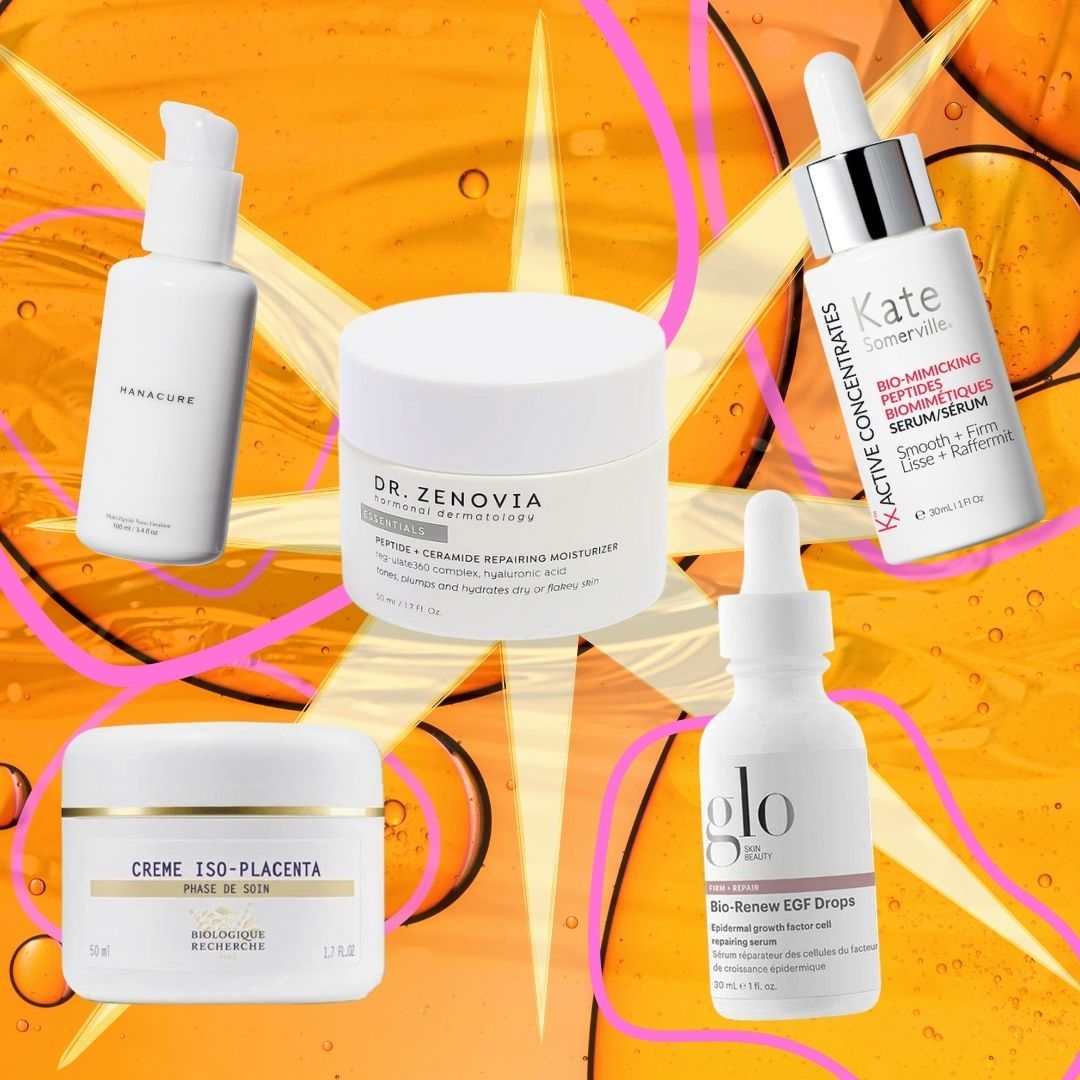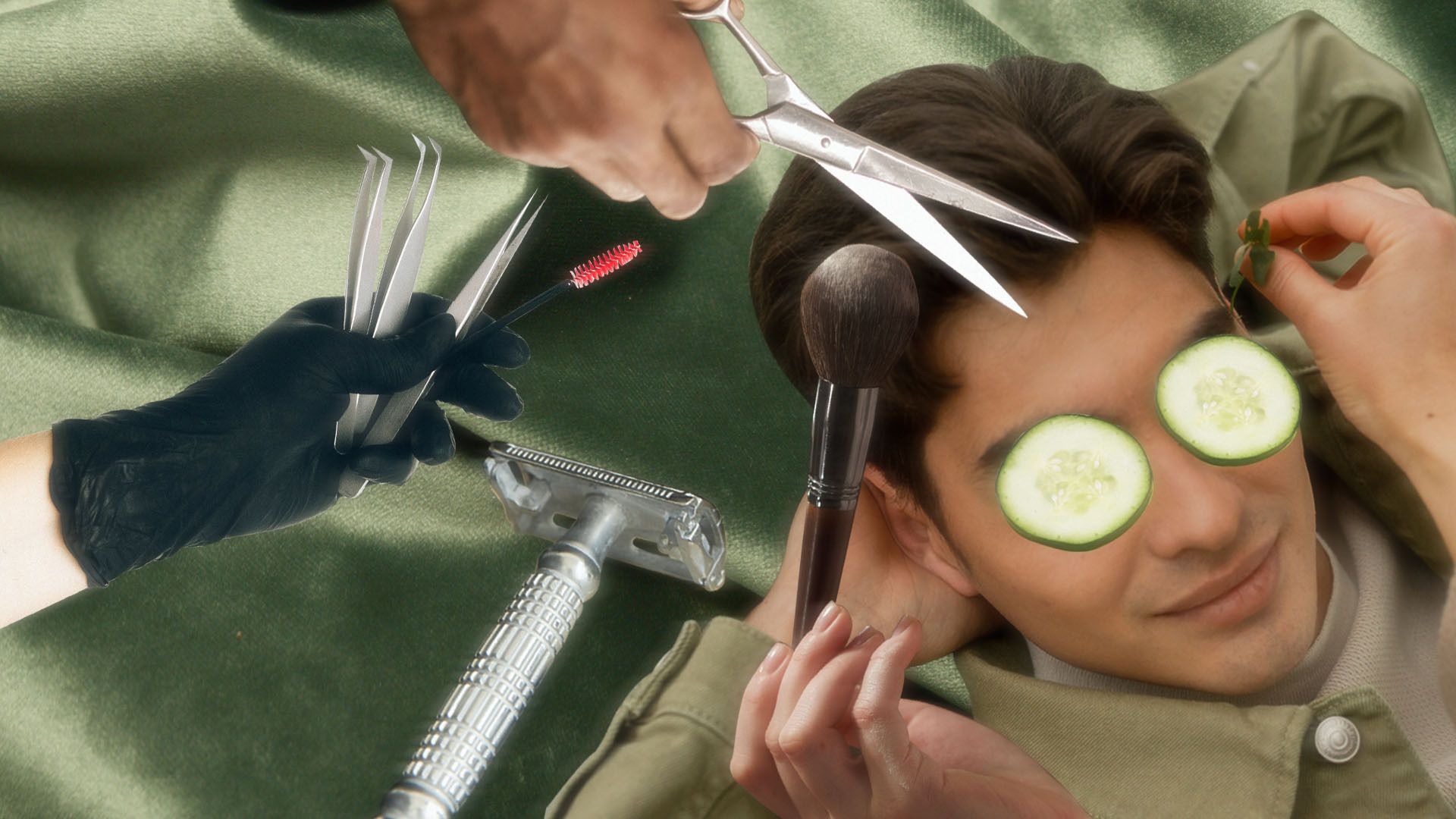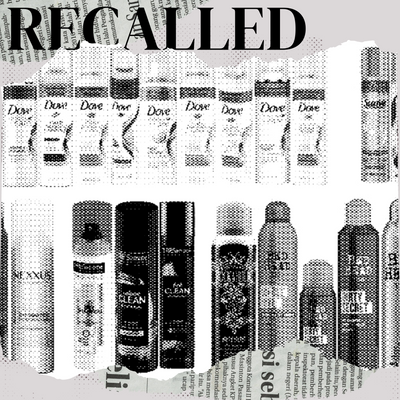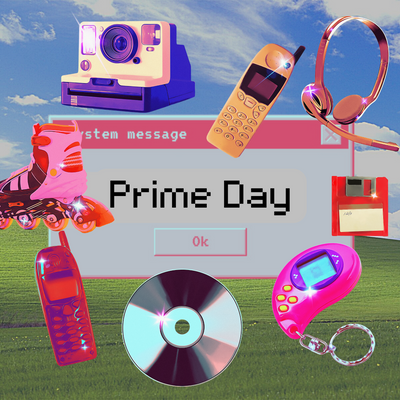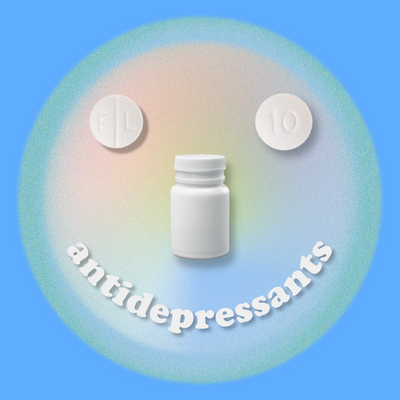The year is 1990. You sit on the couch and kick up your feet on the table, a chilled glass bottle in one hand and a remote in the other. Displayed on the television screen is the channel of your favorite late-night hobby. Beauty, electronics — everything you could possibly want for your home — was only one phone call away. QVC might just be the pioneer of televised home shopping. I don’t watch TV often, and I wasn’t born yet, so I can’t speak about how life-changing that experience was, but I can imagine it. The convenience! The prices! The sales! Complete with hosts that test and talk about the products right before your eyes, I can see why QVC was a big hit.
A majority of consumers today may not be calling in to purchase products, but the strategy and trends that go into understanding consumer behaviors are something that have been recycled through the years. History tends to repeat itself, after all.
"Livestream shopping is appealing because it removes the barriers that our devices put between the brand and the user. Instead of a screen you can’t talk to, you have a screen you can talk to."
I came across an old partnership between Meredith Duxbury and e.l.f x Walmart Cookies ’ N Dreams, where she went live on Tiktok for a shopping event. During the livestream, she talked about and tested the products and gifted PR boxes to five attendees. Earlier this July, Michelle Phan hosted a similar event complete with free giveaways and sneak peeks into new Em Cosmetic releases on Pop Shop Live. If even Michelle Phan is hopping on the trend, then it's only natural for my interests to be piqued. How often are audiences actually invited into a space where they can ask direct questions, face to face? There’s a casual exclusivity to this type of marketing. For one, anyone can join, and these events can foster conversations and relationships that would benefit all parties involved.
So why isn’t every brand adopting livestream shopping into their marketing strategy?
Taobao, a Chinese online shopping platform, introduced the idea of combining beloved elements of live streaming (sociability) and e-commerce (accessibility). The joint result is a platform that allows viewers to tune in and make purchases as they watch in real-time. Where Taobao differs from QVC is that people don’t have to call and be put on hold to place their purchase. They can buy their items directly from the website. The entire experience is streamlined to make every action happen in a matter of moments, with high levels of convenience and ease that make it such a successful and popular business model in the east. Even Samsung, the largest tech company in South Korea, has jumped on the trend to promote its latest folding phone category.
The e-commerce experience most people are familiar with is a little bit different. We see compelling ads on YouTube with a campaign hashtag at the end, beautiful product shots on Instagram with clickable links, and influencers on TikTok with #ad #spon in the caption and a link in their bio. We respond to strong visuals, then make the choice to follow directions to the site to pick our products and make a purchase. It’s I’m selling this product to you vs. I’m telling you about this product.
Either way, buyers like to be convinced to buy something.
Too Faced is among the beauty brands with an established presence in livestream shopping. They’ve been promoted on QVC, HSN, and Instagram. Too Faced saw success in the way that viewers resonated (and bought) products that were highly demonstratable. Sure, we can say the same about any other makeup tutorial that shows people exactly how to use the product in their hands. Livestream shopping is appealing because it removes the barriers that our devices put between the brand and the user. Instead of a screen you can’t talk to, you have a screen you can talk to. Viewers can prompt brand representatives and influencers to go more in-depth about the products they’re showcasing. That makes each live event different from the last simply because new people and new questions are present, creating a personable experience.
By now, beauty brands have already realized that people value when they humanize themselves and reflect authenticity. What’s more humanizing than associating a person with the brand? I can’t help but think about the times that influencers would promote a product on their page only to never use it. You can’t fake a review in a live stream in front of people whose questions will reveal the slightest hint of insincerity. Hosts that know about the product and fully believe in it are the type of people best suited to educate, inspire, and entertain. Shared passion is one of the driving forces that strengthen brand and consumer relationships. I can only see how beneficial that can be for marketing a product. Lots of singers, artists, and influencers already go on live to connect with their audiences on a personal level — feeding a subject/viewer relationship akin to a baby bird imprinting on a sock puppet. Beauty would be smart to follow suit.
READ MORE LIKE THIS
